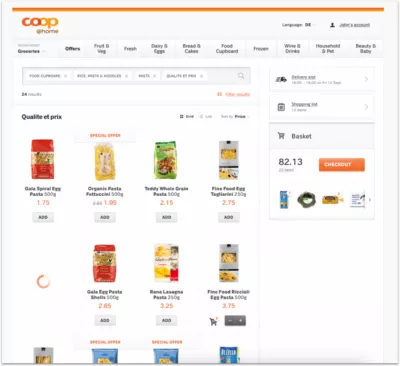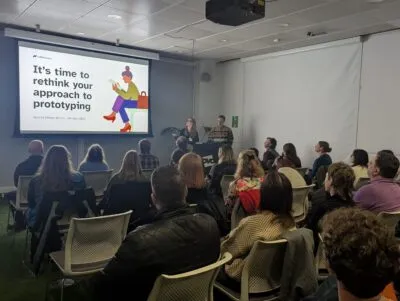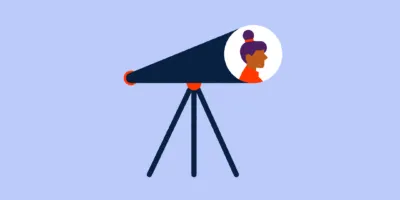Making the case for Discovery
Paul introduced himself and told us a bit about his role as Commercial Director of Transformation at British Council, which is a UK charity and public body operating globally.
Paul joined the British Council with the remit to improve capability within sales and customer management to support business recovery and growth, after being hit hard by the Covid-19 pandemic. Existing proposals for change were narrow in scope proposing only solutions for customer-facing interactions within customer service teams. It didn’t present a plan to address failure demand across the customer journey beyond highlighting some of the failure points.
As part of his induction process, Paul met people across the organisation and heard about the many projects and initiatives underway or planned. Again, individually they were all sound. They spoke about customer needs and usually had some research that backed the need. However, like many organisations, he didn’t hear how projects linked to other projects, how data would come together, or how a system might be integrated into another. This wasn’t in the remit of product-focused delivery projects but was recognised as a gap that needed to be solved. Without solving this Paul wasn’t convinced they’d make progress.
He went back to the senior leadership team highlighting these early findings and proposed running a discovery phase to go back and look at the problem they were trying to solve.
In this case, Paul wanted to look across the end-to-end customer journey and uncover customer experience but also the colleague experience to make it easier for their colleagues to deliver a great experience to customers.










